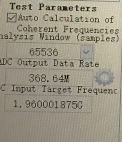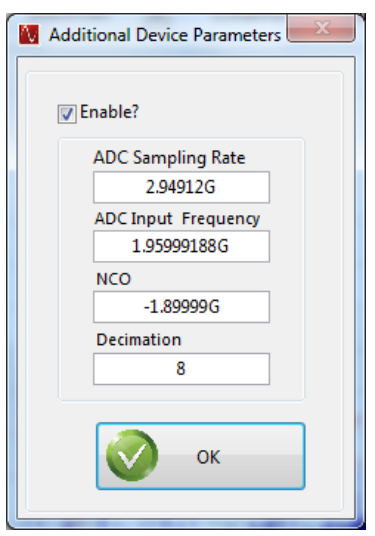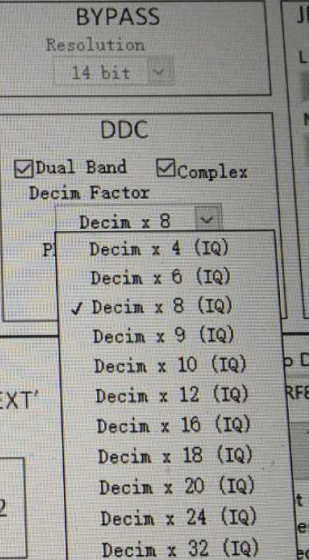Hello,
We refer to the ADC32RF80EVM guide book, the fifth part is about EVM board examples.In this example, ADC channel-1 input frequency is set to 1.96GHz, NCO frequency is 1.9GHz, in software HSDC, ADC Input Target frequency is 1.96GHz as shown in the figure, and the final signal is displayed as 60MHz.But if we use it, we need to collect a pulse whose frequency range is from 0Hz to 500MHz or higher, and we don't know ADC Input Target frequency in advance, that is, to sample an unknown signal without using down-mixing sampling mode.How should we set NCO and ADC Input Target frequency and NCO in ADC configuration?This example feels like knowing the frequency of the signal ahead of time and entering it into the HSDC software to get the result.Is my understanding correct?


Best regards,
David




